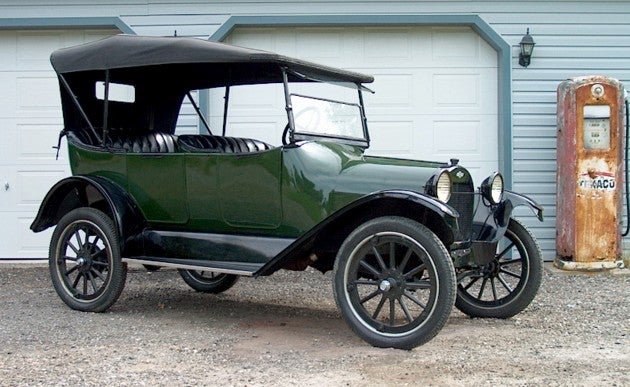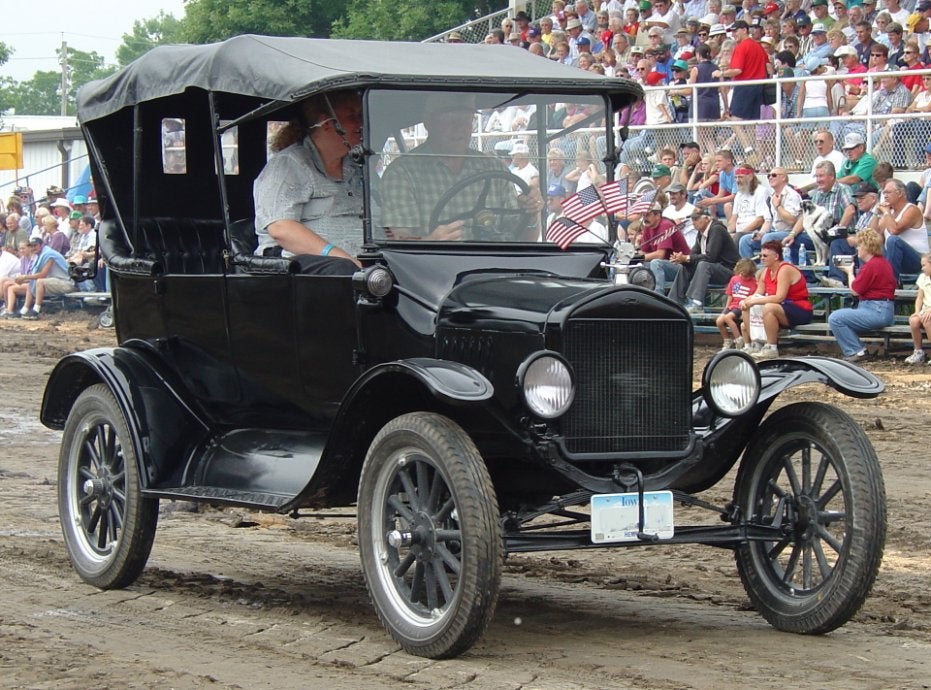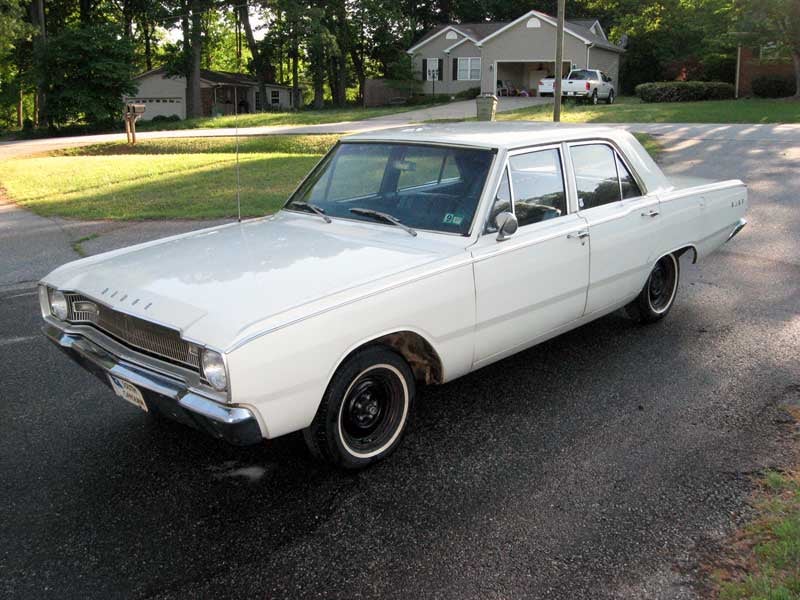 "Steve is equipped with Electronic Fool Injection" (itsalwayssteve)
"Steve is equipped with Electronic Fool Injection" (itsalwayssteve)
03/05/2014 at 12:00 • Filed to: Rants. malaise
 0
0
 0
0
 "Steve is equipped with Electronic Fool Injection" (itsalwayssteve)
"Steve is equipped with Electronic Fool Injection" (itsalwayssteve)
03/05/2014 at 12:00 • Filed to: Rants. malaise |  0 0
|  0 0 |
From the Greek words meaning, "pain from wanting to return home," it afflicts most people. It's the reason so many are willing to neglect factual information for the comfort of the familiar. It's the reason that people think that the world is falling into a hellish, violent apocalypse, despite the fact that a lower percentage of people died by violent means in the 2000s than in any decade in history. Also, violent crime has been reduced by half in the US since it peaked in the early 1990s.
It's the reason we romanticize the high-maintenance, unsafe, inefficient, and underpowered cars of yesteryear, despite the fact that today's cars are faster, more reliable, more efficient, and far safer than those manufactured even two decades ago.
I know that Jalopnik has an unhealthy obsession with the malaise era. I don't understand it, and it really makes me question your sanity, but I know it's there. To love a car that has less interior and storage space than my '13 Kia, despite being three feet longer, a foot wider, and 700 pounds heavier, and shaped just like a box, is unreasonable. note- I understand love is unreasonable. That's why it's love and not sensibility.
Yes, my Kia Soul doesn't have Corinthian Leather like your '82 Chrysler New Yorker, but it also makes more horsepower (albeit with less torque) than your lean-burn 318 and does so using less than 1/2 the gas. It's even far more reliable than your car was when it was new.
Here's a common complaint that I see on Jalopnik: "All these modern cars are just jellybeans that all look alike."
Guess what: It's always been that way. As American cars go, (with the exceptions of early 60s Chrysler products whose designers must have been part of the !!!error: Indecipherable SUB-paragraph formatting!!! psychedelic drug experiments in the 50s) most volume production cars have followed similar styling tropes throughout the life of the automobile. I present these examples:
1910s:
1918 Chevrolet:

1918 Dodge:

1918 Ford:

To the untrained eye, these cars look mostly the same, right?
It was the same in the 1960s, when muscle cars ruled. Sure, there were a few oddballs like the Corvair and Beetle, but most cars followed a similar formula:
1967 Ford Falcon:

1967 Dodge Dart:

1967 Chevy II Nova:

Once again — these vehicles look very similar. Someone who doesn't know cars could easily confuse them.
For the most part, it was like this across every market segment. In the early 60s, Chrysler products looked insane.

In the 80s, Honda turned things up a little by offering pop-up headlamps on the family-sedan Accord.

Side note, if any Opponauts know where I can find a bone-stock, well kept 86-89 LXi hatch with a 5-speed, preferably with factory alloys, for a reasonable price, let me know.
I understand nostalgia. But that 1977 Buick Skylark sedan your neighbor is selling, with its 190-hp-when-new 350 V8, 3-speed auto, leaky valve seals, bad rings, and green-over-green-leather is better off sold for $300 to a LeMons team than restored.
My Grandfather had this exact car, in that exact color, with those hubcaps and that vinyl top, when I was a kid. He traded it in on a brand new 84 Mercury Grand Marquis: Two-tone blue over blue crushed velour.
In the interest of fairness, then, let's look at a GM product that offers the same level of equipment: Power windows and locks, Leather, Air conditioning, and roomy interior.
To get there, I went to the 2014 Regal, which has all those features standard.
Now, the Regal is considerably smaller but is still in the same market segment and can still seat four adults.
Let's compare:
!!! UNKNOWN CONTENT TYPE !!!
My point is that most mass-market cars will continue to look the same. Cars today are far better than they once were. It's OK to romanticize the past, but don't get so caught up in romantics that you lose touch of reality.